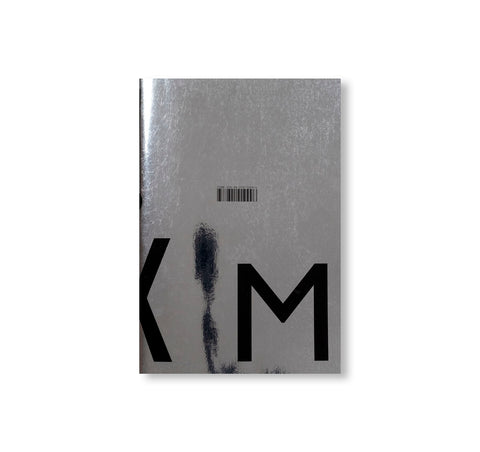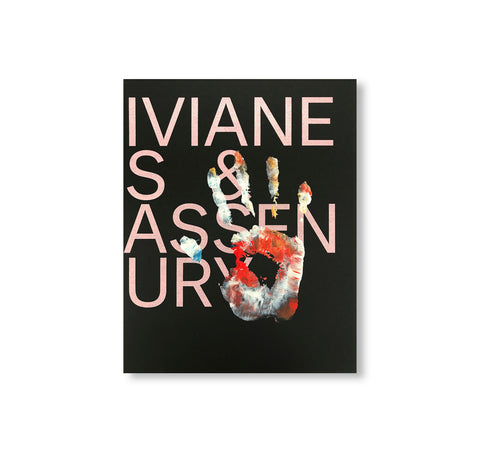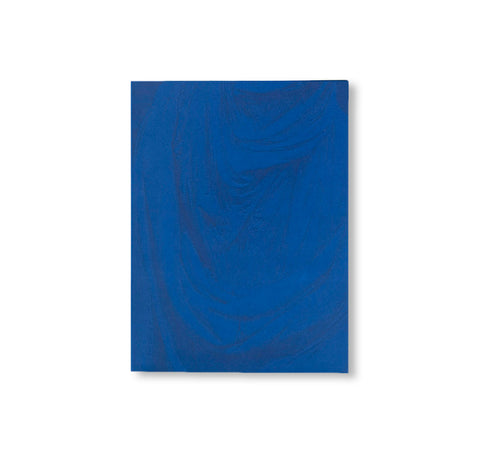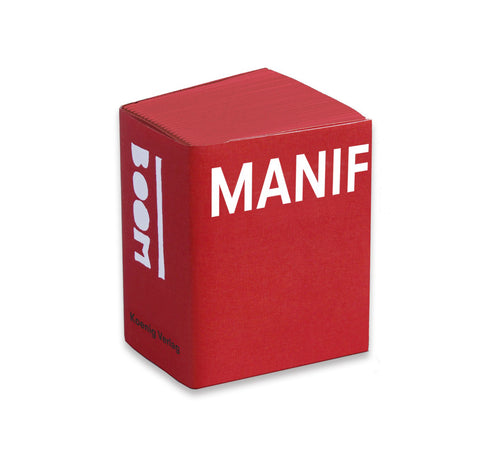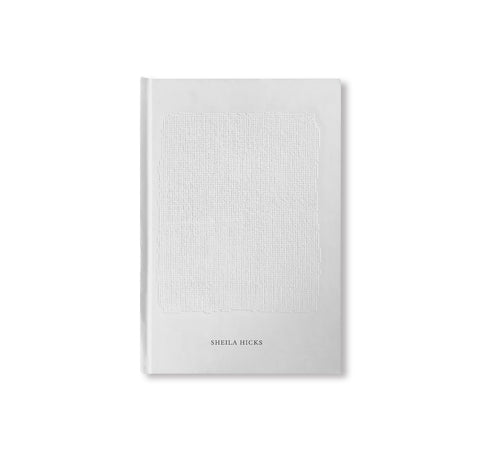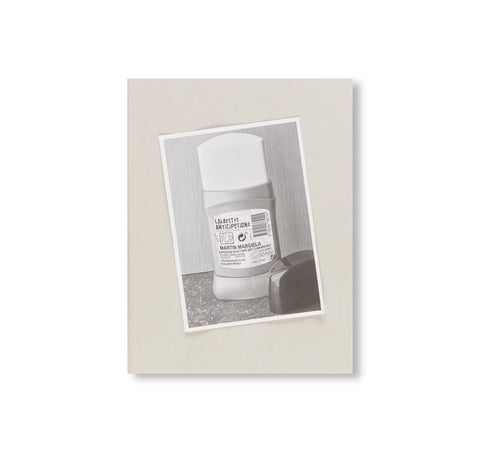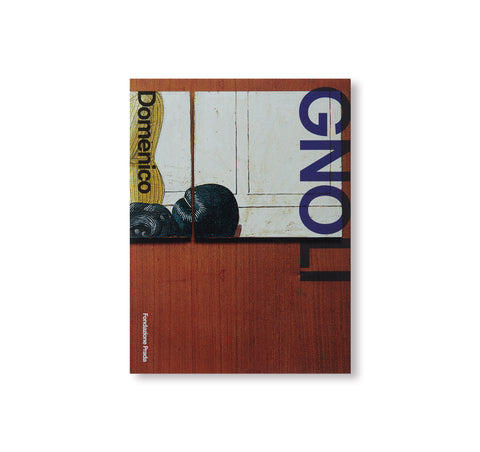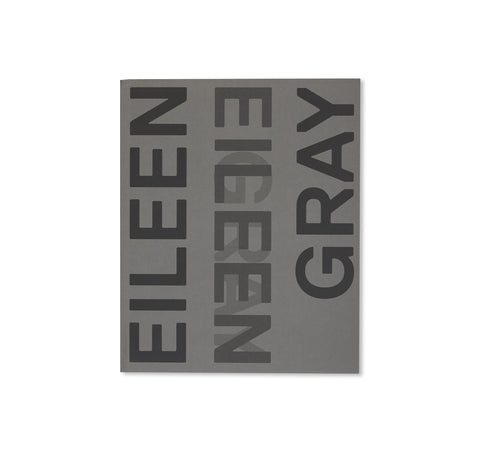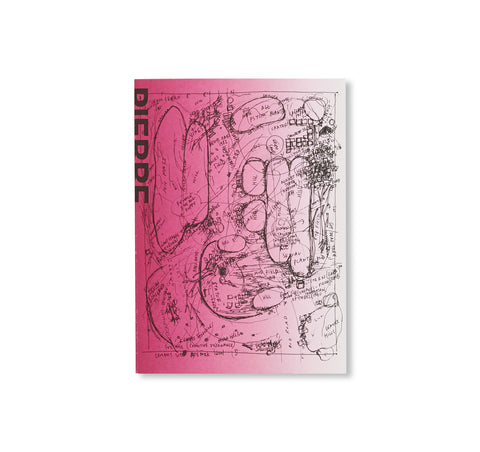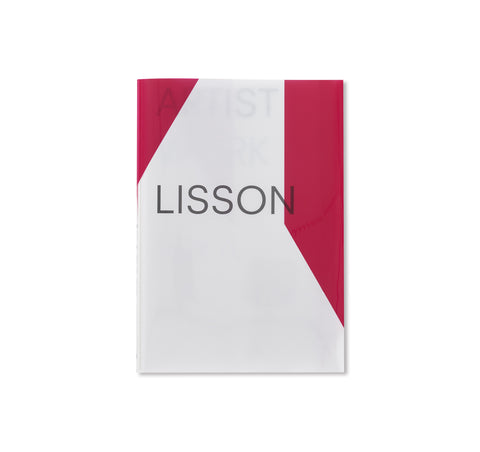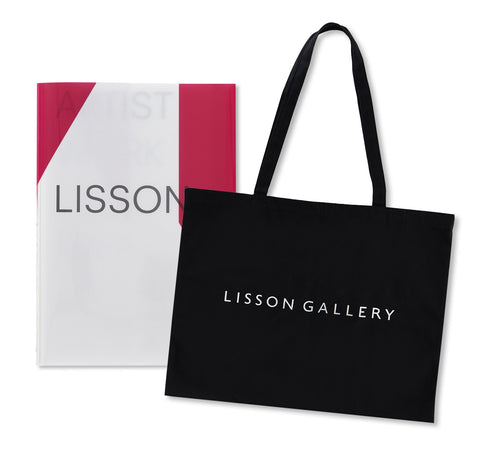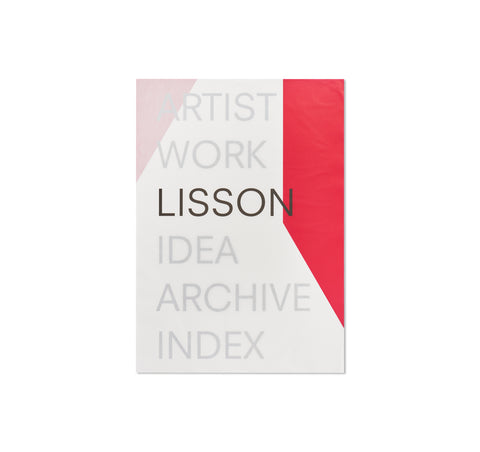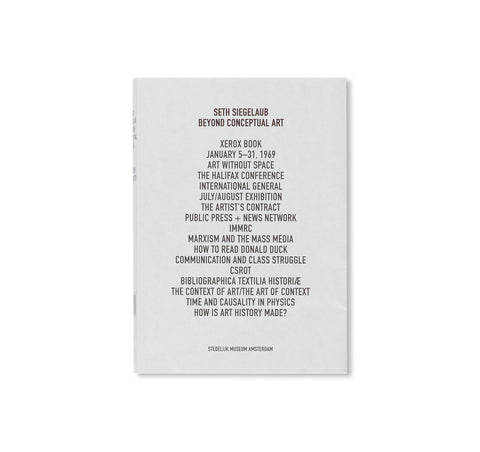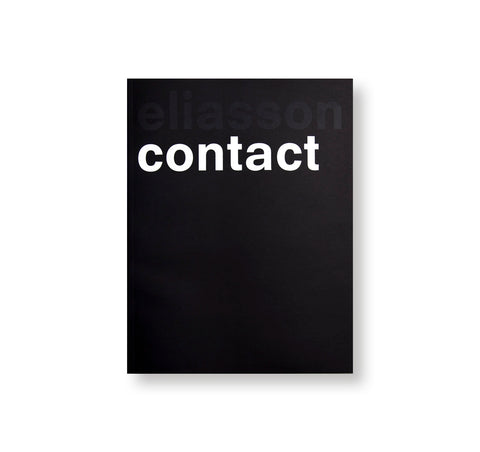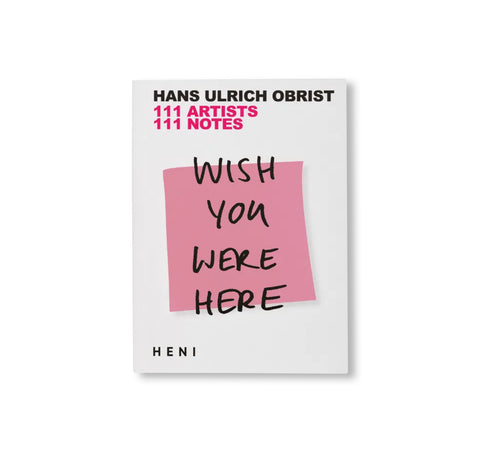YALE - HISTORY OF AN ART SCHOOL
アメリカの名門大学「イェール大学」芸術学部の歴史と、芸術におけるフェミニスト表現との交錯をめぐる作品集。アメリカ人アーティストであり、作家、編集者、デザイナー、教育者のアンジー・キーファー(Angie Keefer)が編集し、ブックデザインはオランダ人グラフィックデザイナー、イルマ・ボーム(Irma Boom)が手がける。イェール大学に初めて入学した女子学生は、1869年開校の美術学校の学生であったことはあまり知られていない。この学部は幸先の良いスタートを切ったものの、その後、女性教授がテニュア(終身在職権)を授与するのに121年かかり、さらに初の女性学部長を迎えたのは147年後となった。著名な女性やノンバイナリーである卒業生の数百時間に及ぶインタビューから構成された本書は、たびたび誤解されがちな伝説的なこの大学に関する初のオーラルヒストリー(口述歴史)である。本書に記録されている50年間にわたる女性の卒業生の声は、すでに複雑であると言える20世紀モダニズムの巨匠の物語の名残である同学部の遺産をさらに複雑化する。それは、21世紀に突入したこの美術学校の芸術におけるフェミニズムの統合と表現を求める長く継続した闘いの記録である。60年代の急進的な政治、70年代のカルチュラル・スタディーズの形成、アイデンティティ政治、インターセクショナリティ(交差性)、80年代のエイズ危機、文化戦争、新自由主義の拡大、そしてグローバル化、ハイパー資本主義化の現在まで辿り、一連の女性アーティストとデザイナーの教育に関して物語っている。本書には、イェール美術学校初の女性学長であり、教育者、批評家、キュレーターのマルタ・クズマ(Marta Kuzma)とアメリカ人美術史家のリンダ・ノックリン(Linda Nochlin)によるエッセイや、アフリカ系アメリカ人教育者、作家、活動家のアンジェラ・デイヴィス(Angela Davis)によるレクチャーも収録。本書は、イェール大学女子学生入学150周年を記念して刊行された。
Unknown to most, the first women students to attend Yale University were members of its School of Art, present upon its inauguration in 1869. Despite the auspicious beginning it would take 121 years before the School awarded tenure to a female professor, and 147 years for the School of Art to welcome its first woman dean. Assembled from hundreds of hours of interviews with notable women and non-binary graduates, comes the first oral history of a fabled, if frequently misunderstood institution. Once a bastion and now a vestige of 20th century modernist master narratives, the voices of 50 years of women graduates complicate an already complicated legacy, revealing the life of an art school careening into the 21st century, speaking plainly to the long and still ongoing struggle for feminist integration and representation in the arts. This sweeping narrative of the education of a continuum of women artists and designers traces its way through the incendiary politics of the radical sixties, the formation of cultural studies, identity politics, and intersectionality in the seventies, the AIDS crisis, the culture wars, and the neoliberal escalation of the eighties, through to our fully globalized, hyper-capitalized present.
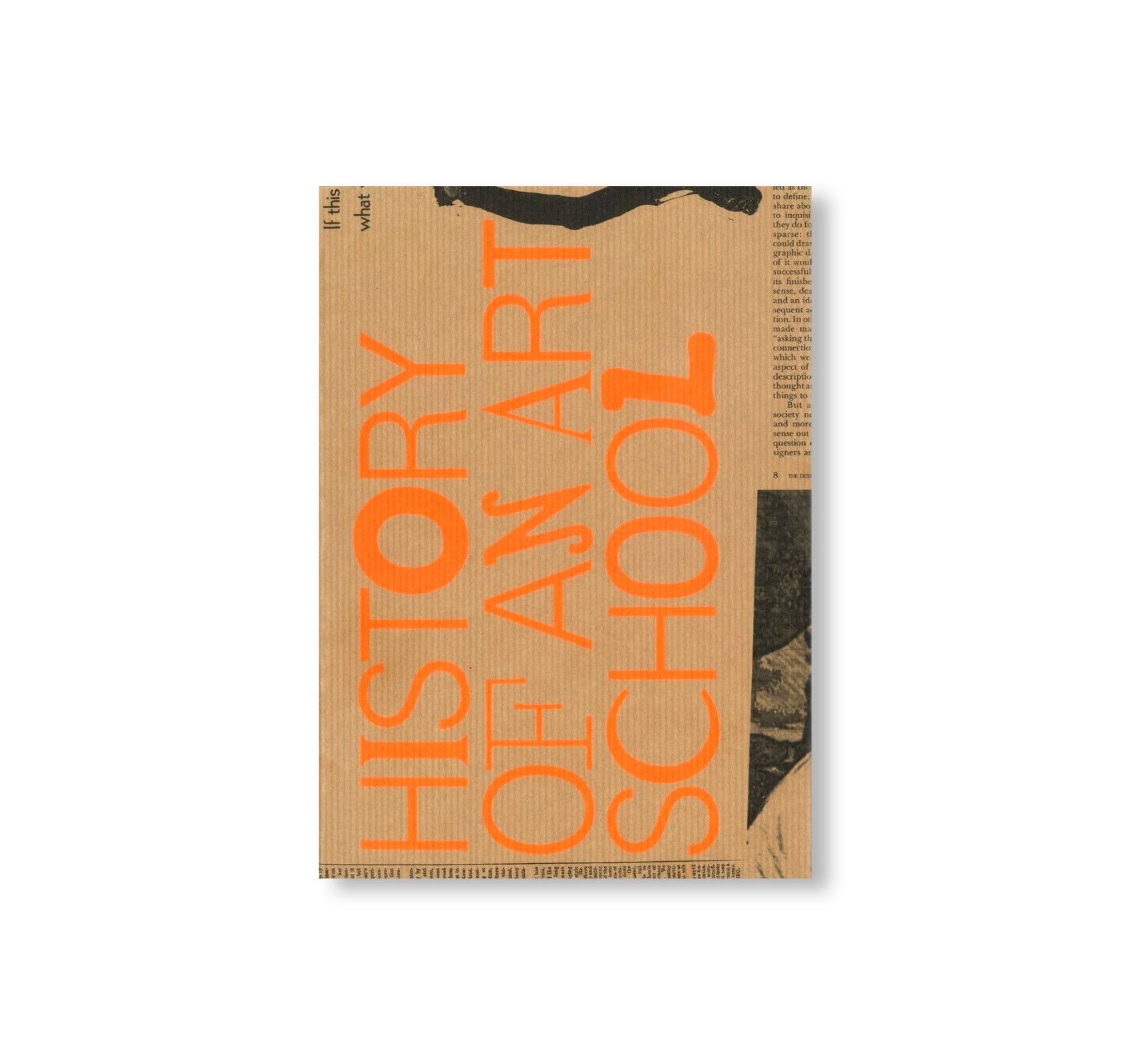
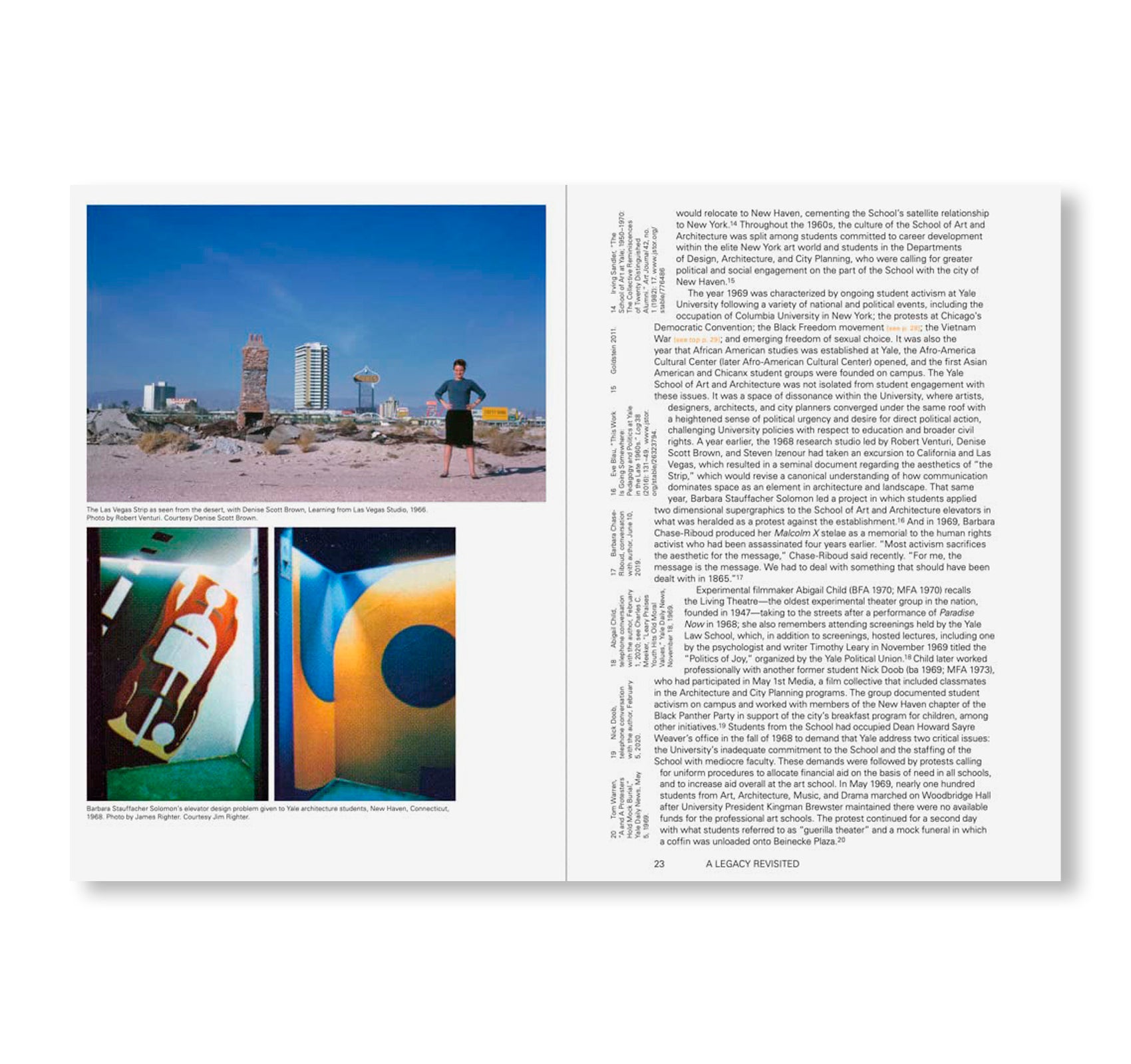
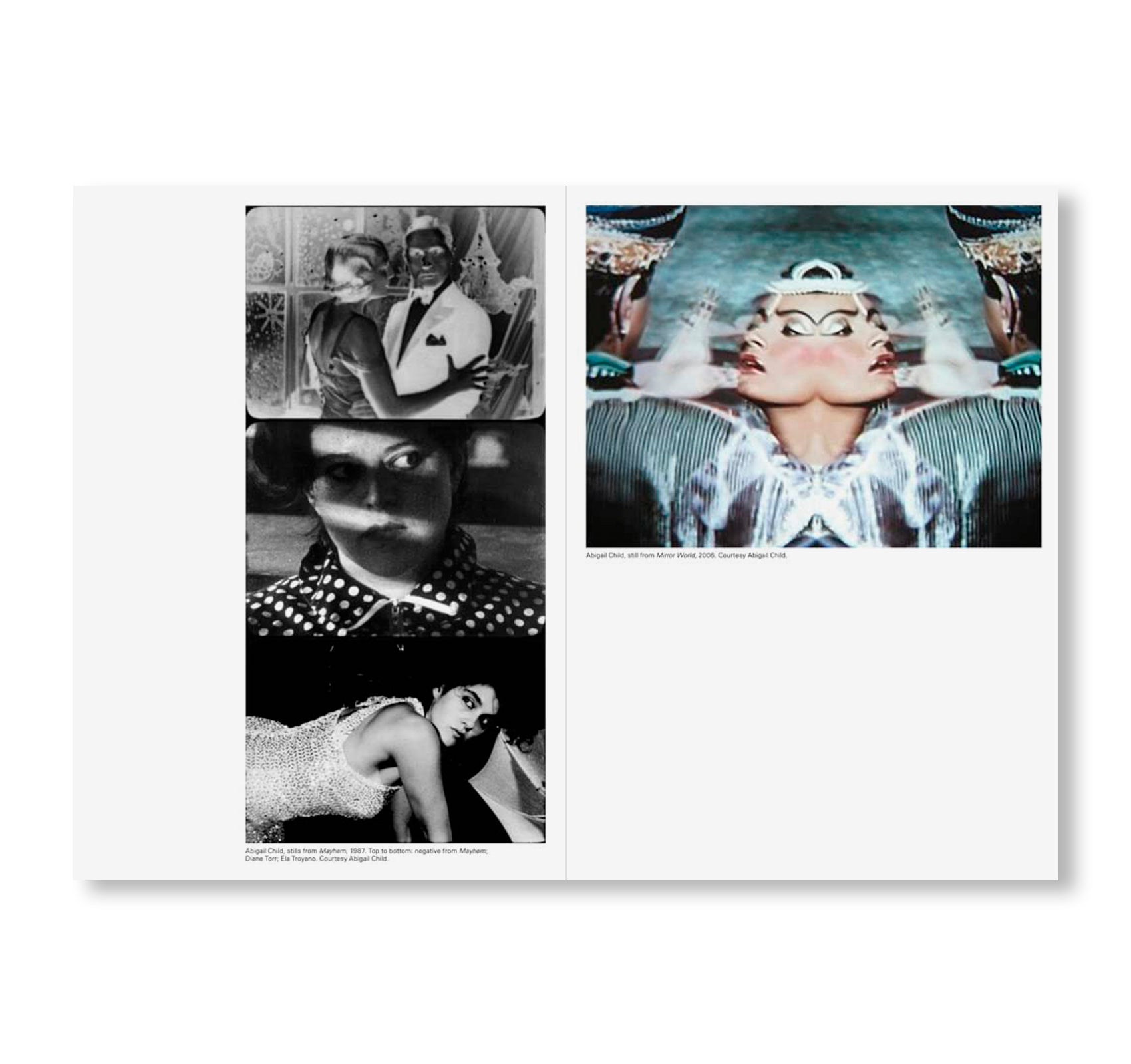

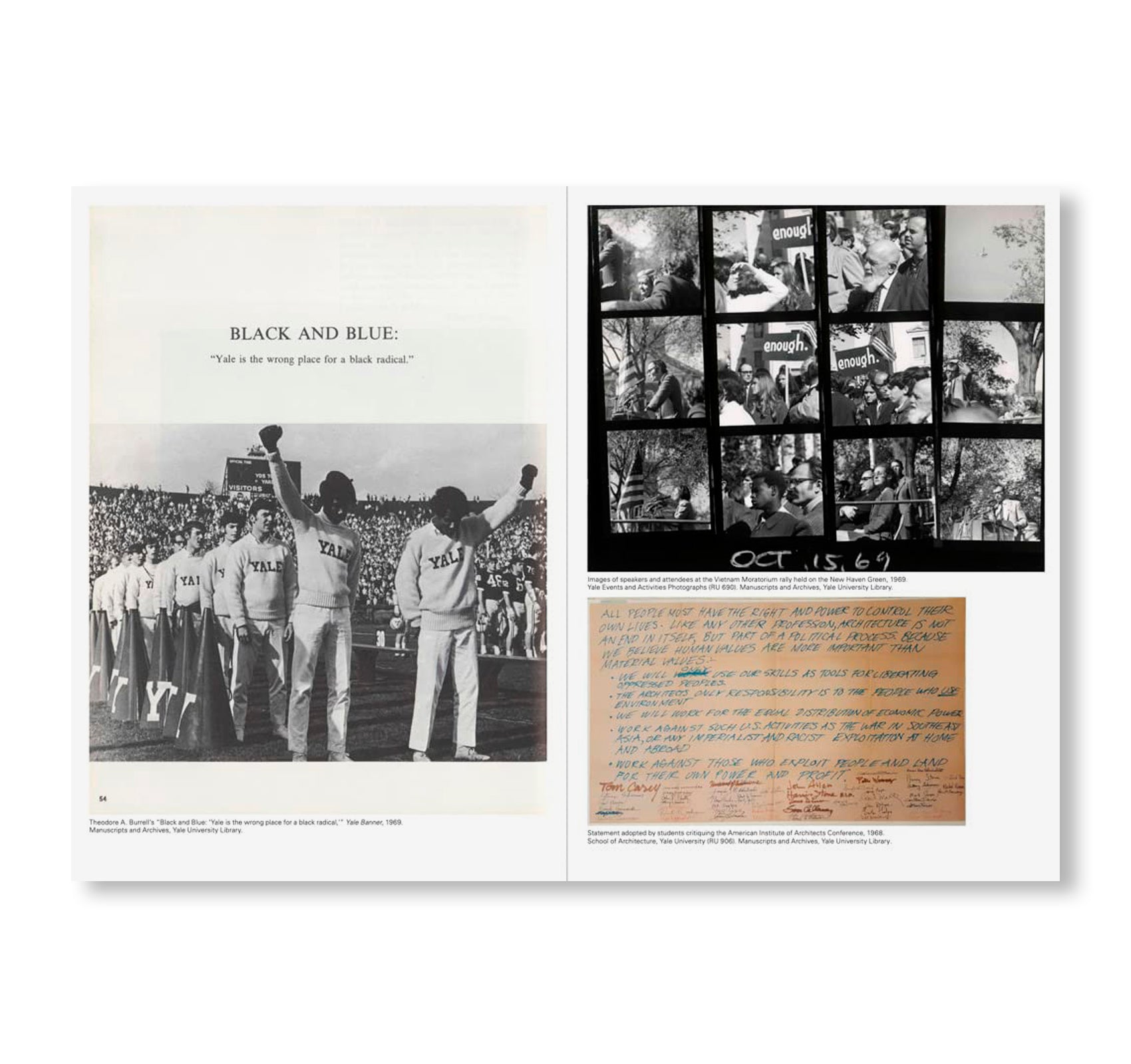
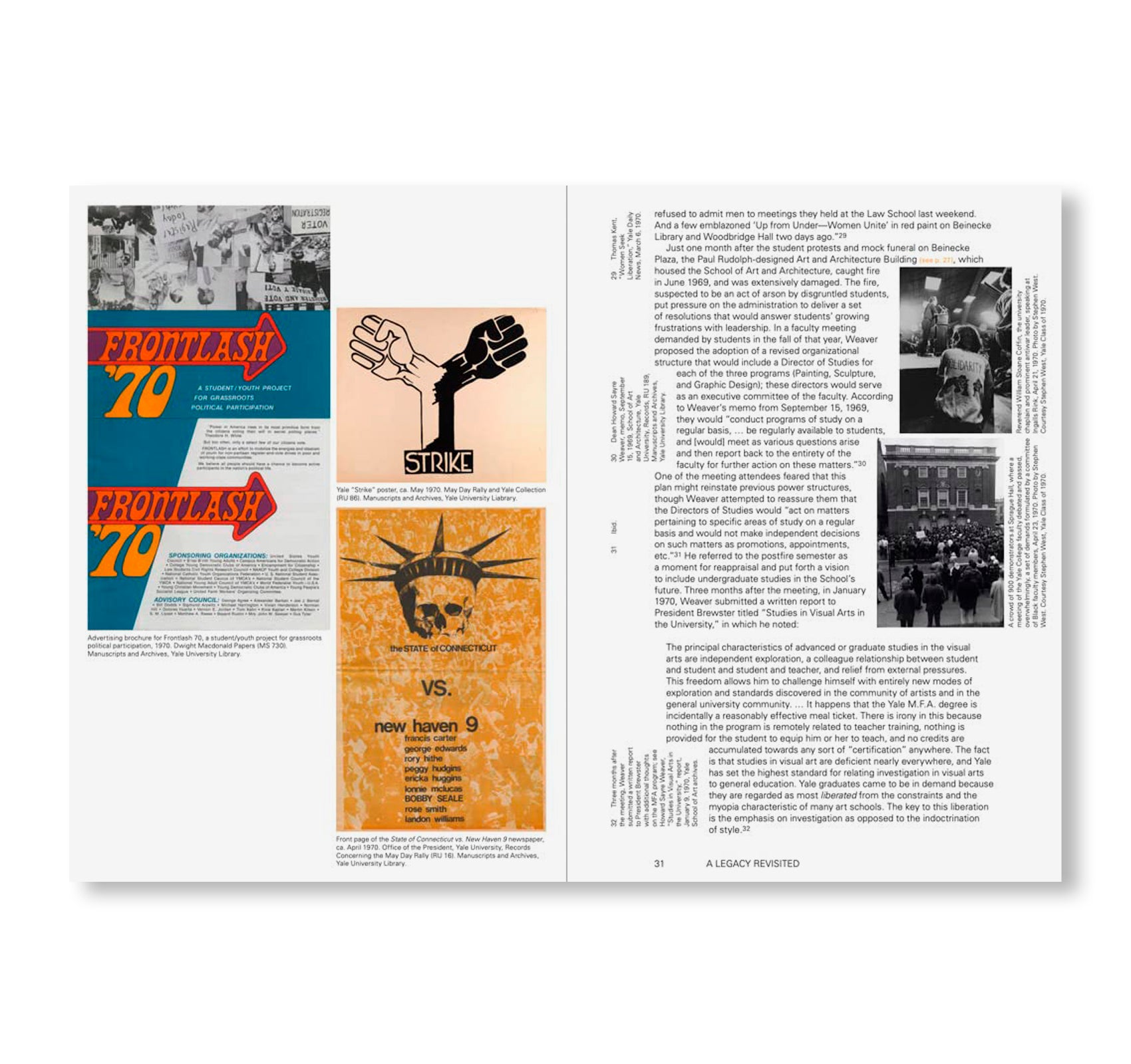
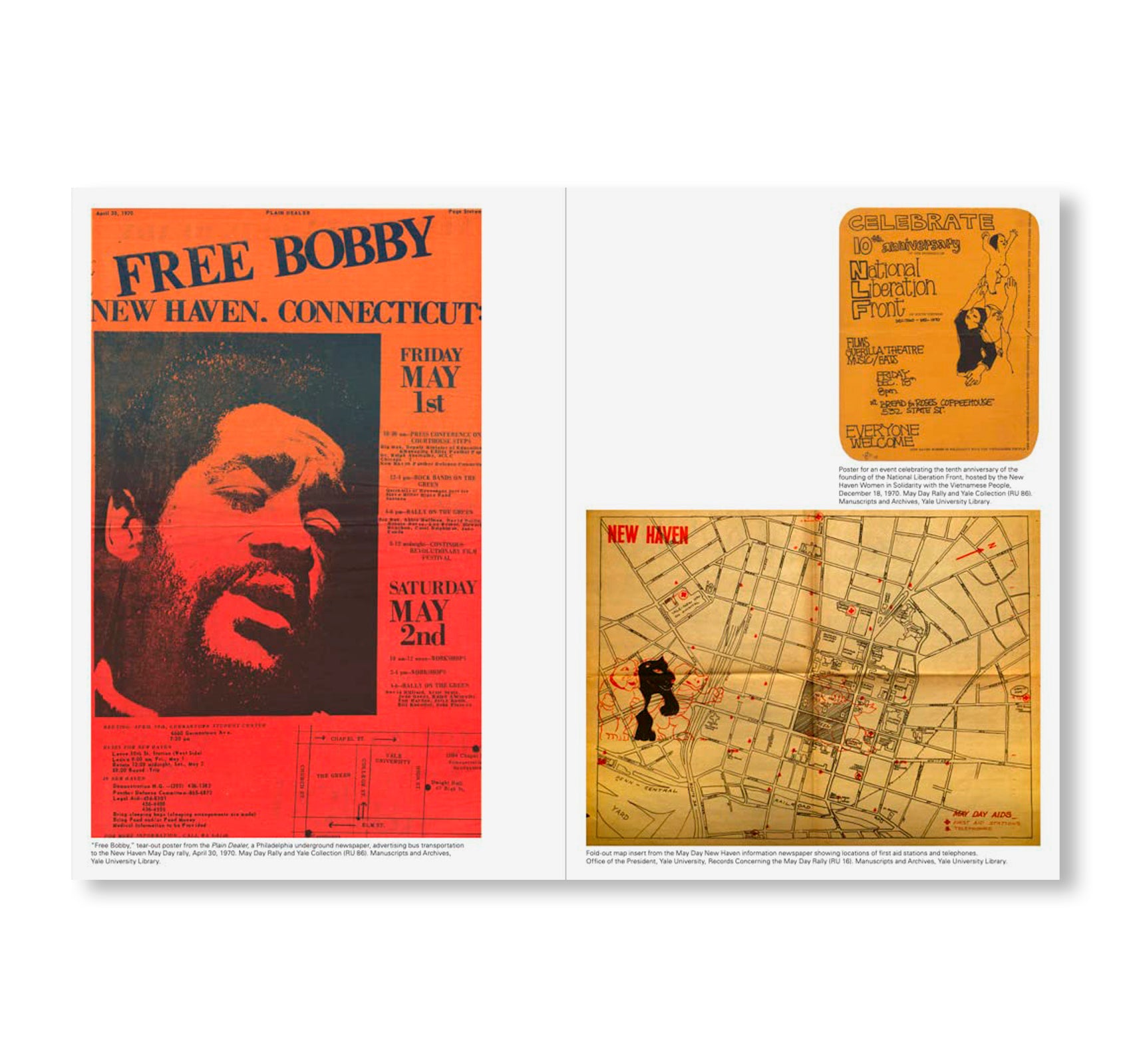
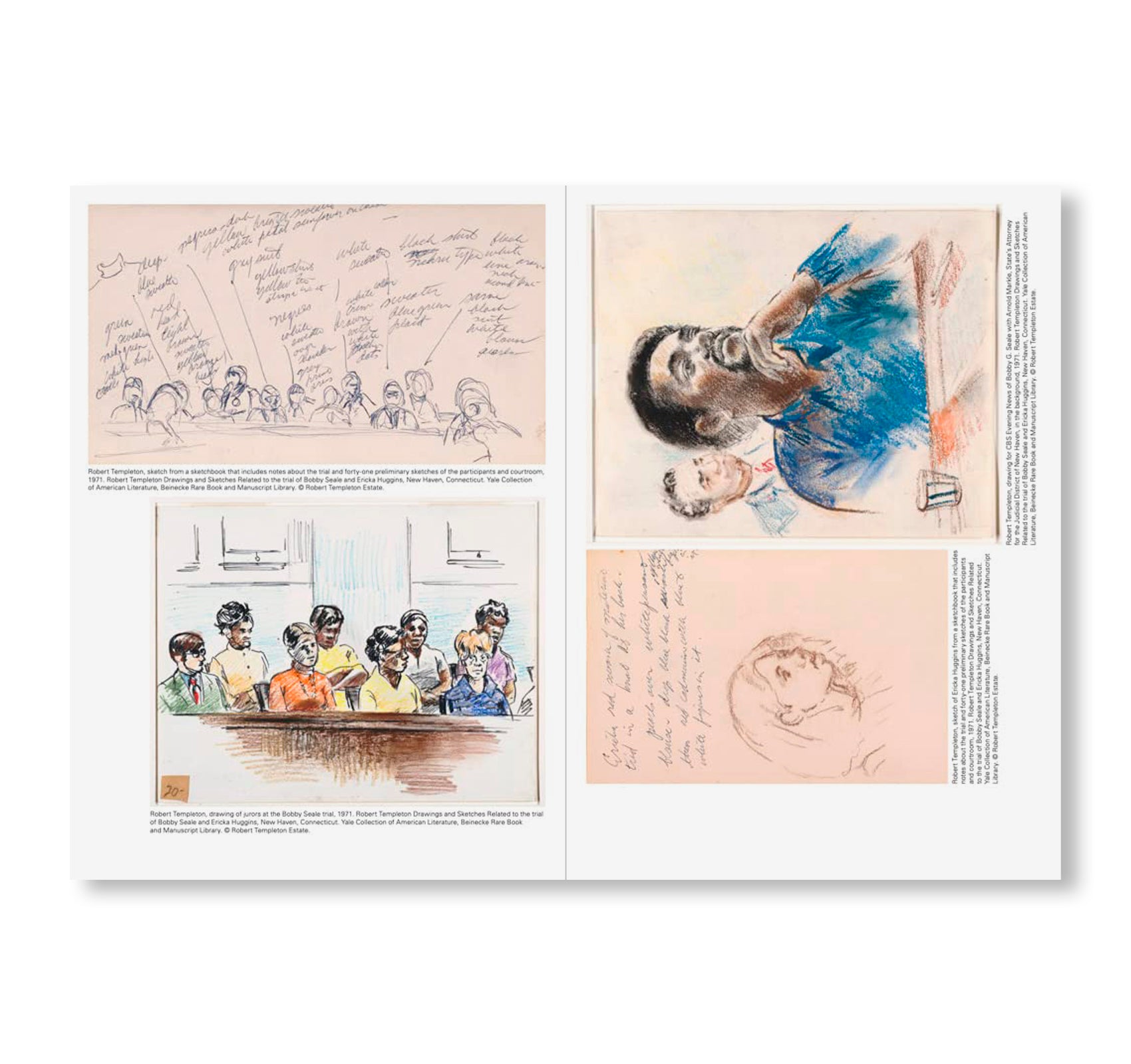
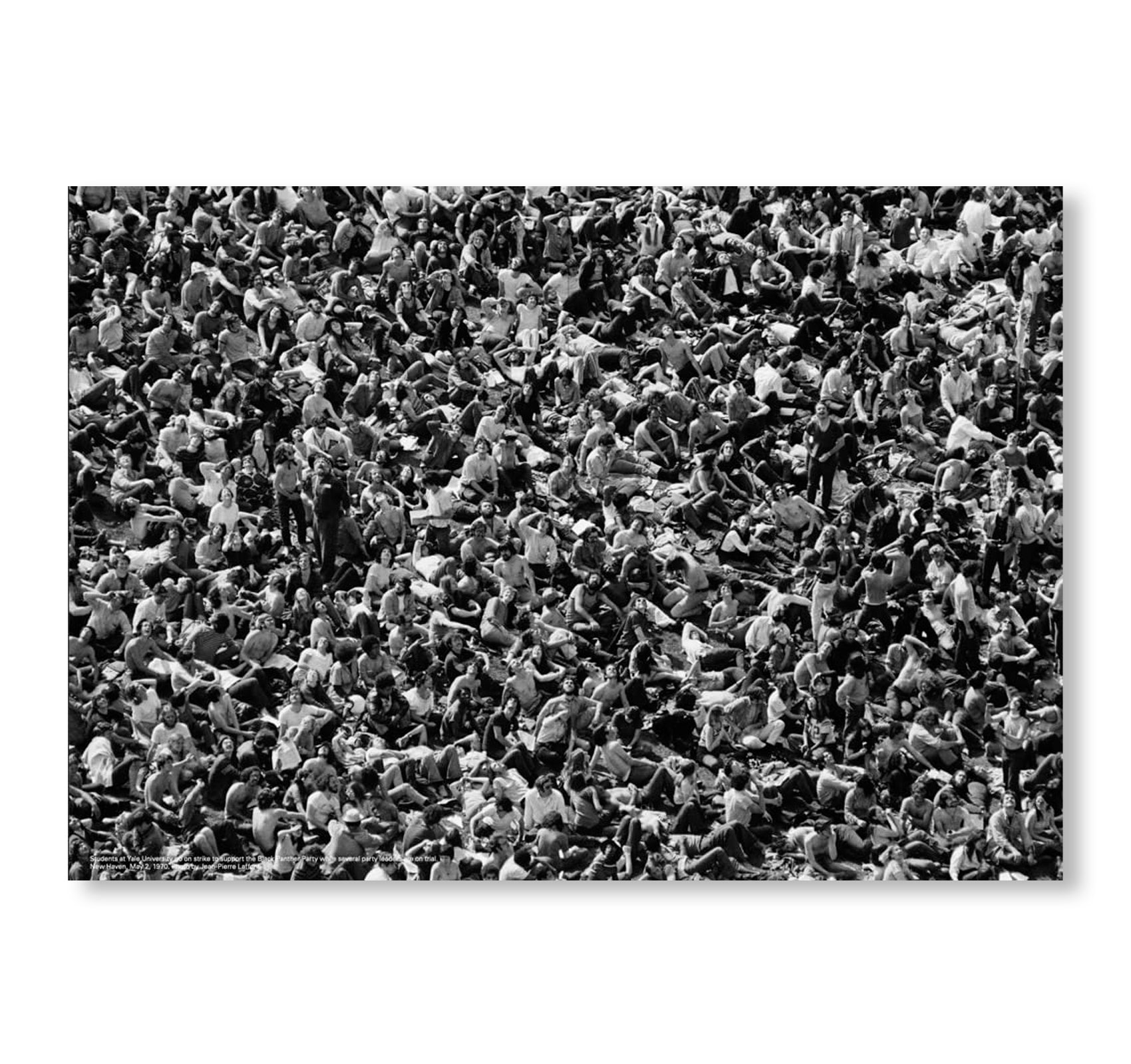
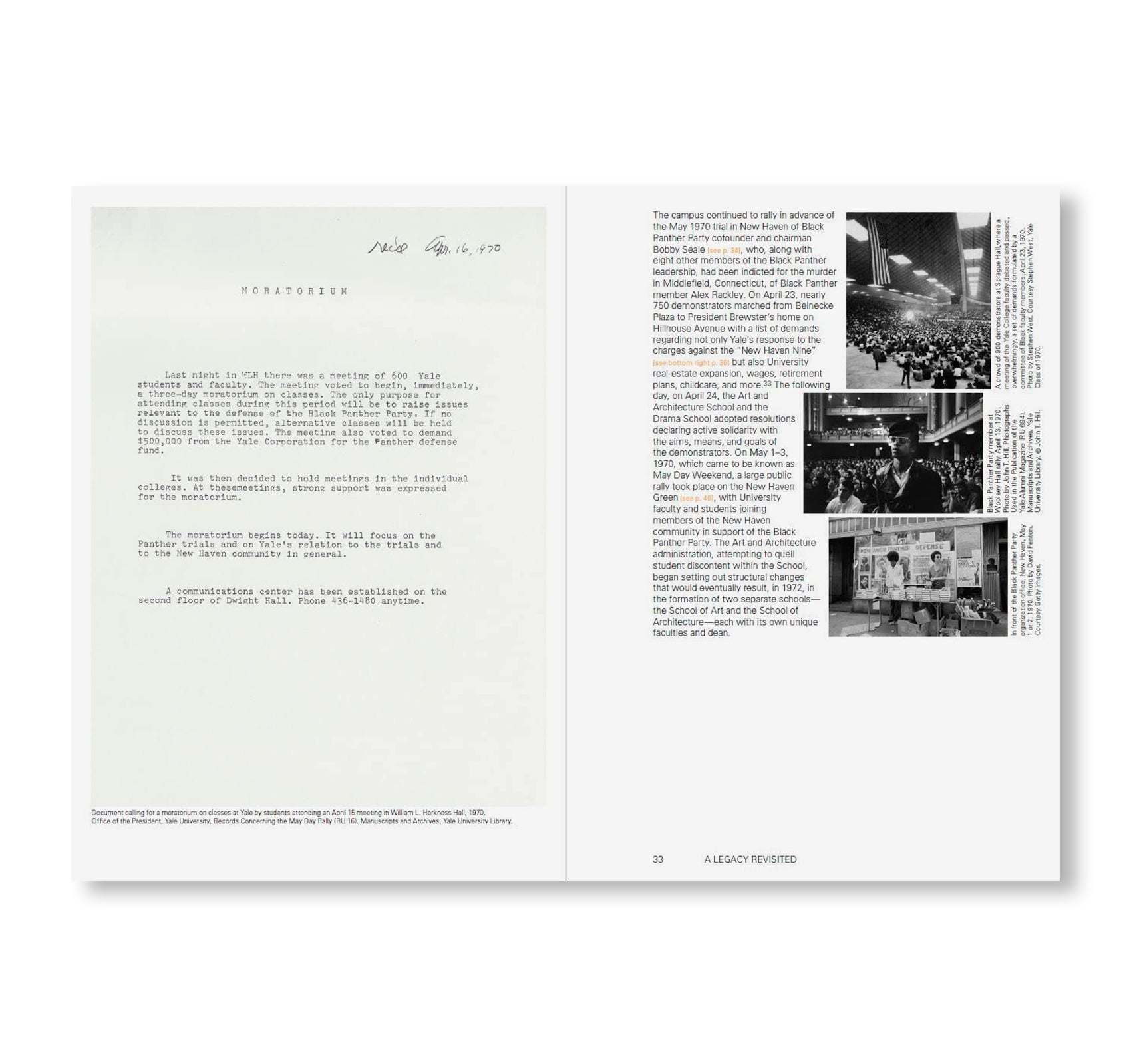
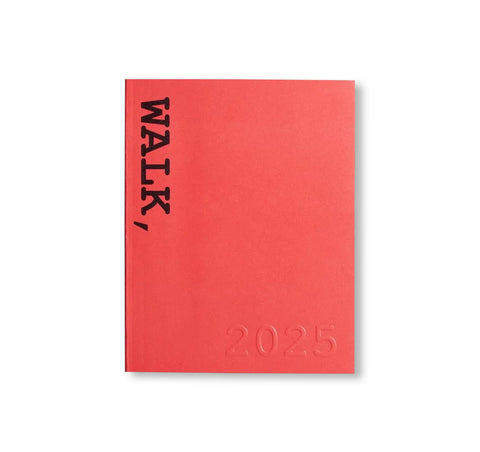

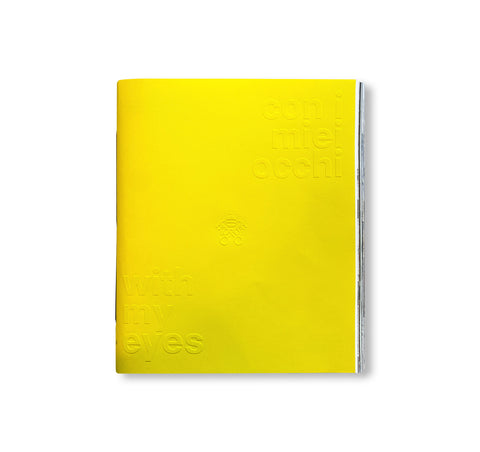

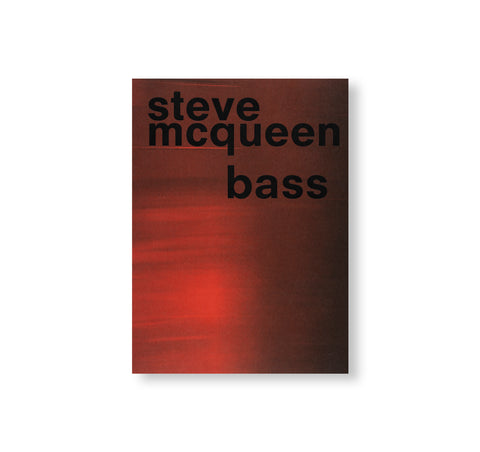
![WALTER NIKKELS: DENKWERK by Walter Nikkels, Irma Boom [SIGNED / NUMBERED]](http://twelve-books.com/cdn/shop/files/2644_large.jpg?v=1740963710)


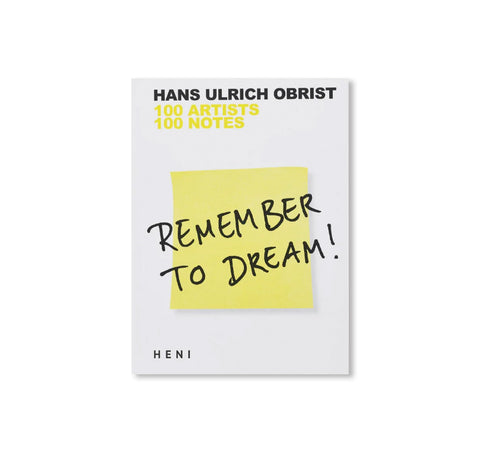
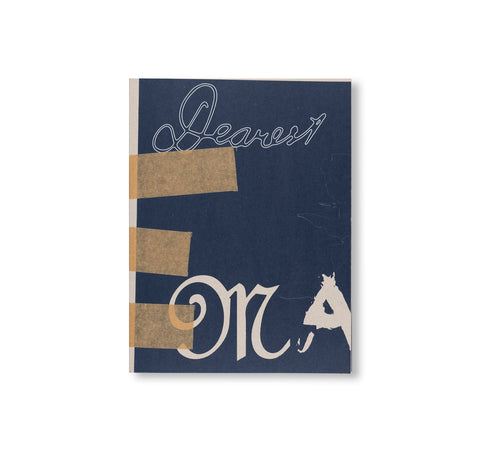
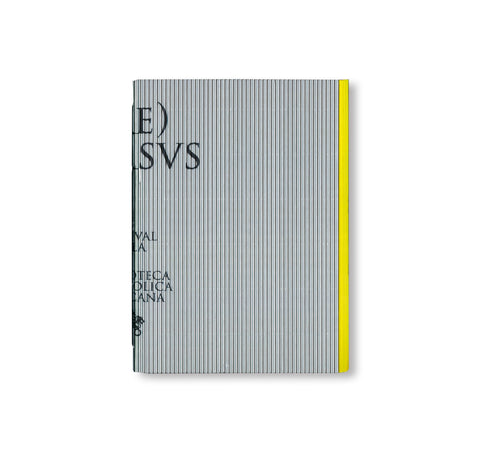
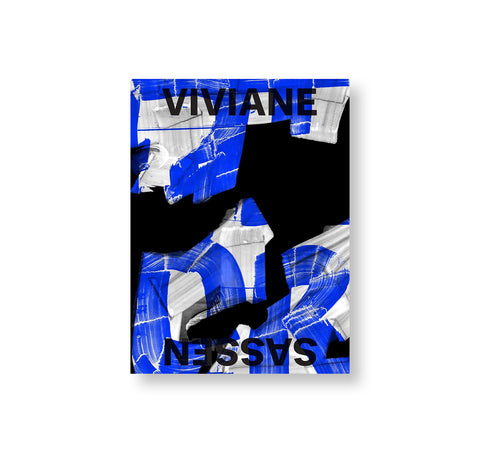
![IRMA BOOM for BIBLIOTECA APOSTOLICA VATICANA [SET]](http://twelve-books.com/cdn/shop/files/IRMABOOMforBIBLIOTECAAPOSTOLICAVATICANA_large.jpg?v=1689729271)
![FUTURISMOON AGENDA 2023 - VATICAN APOSTOLIC LIBRARY 2023 OFFICIAL DAILY PLANNER [LIMITED & COLLECTORS' EDITION]](http://twelve-books.com/cdn/shop/files/FUTURISMOONAGENDA_00_large.jpg?v=1689301882)
